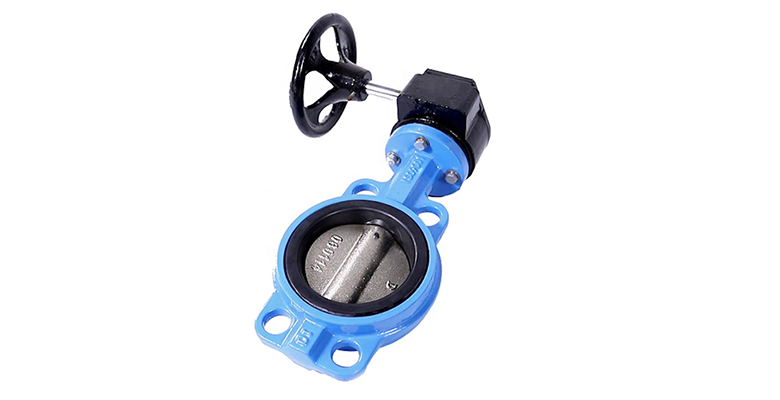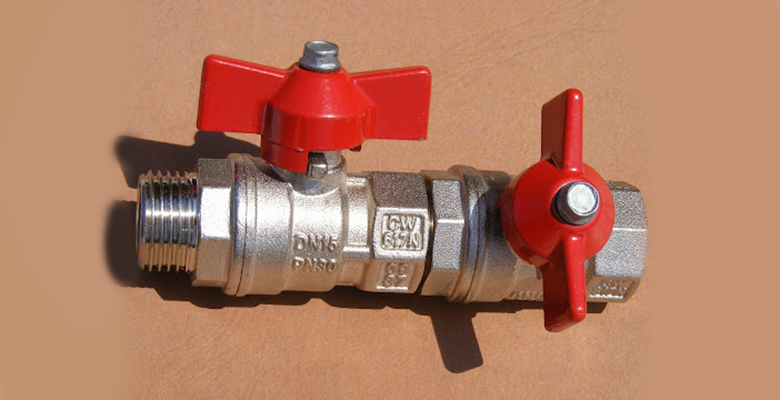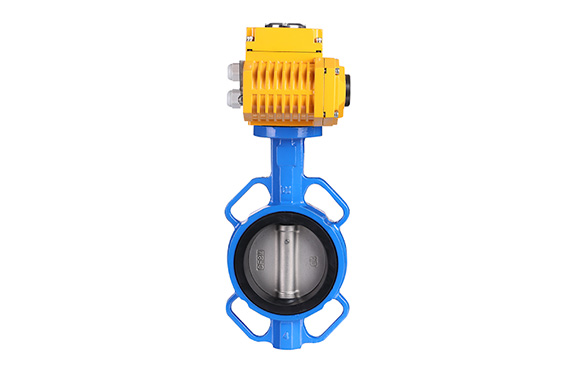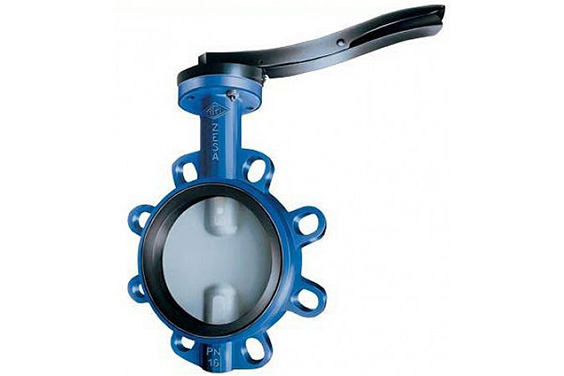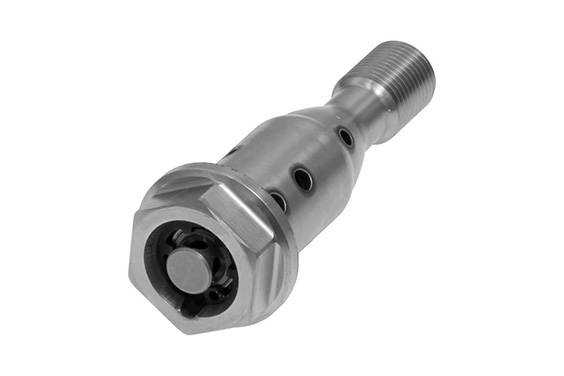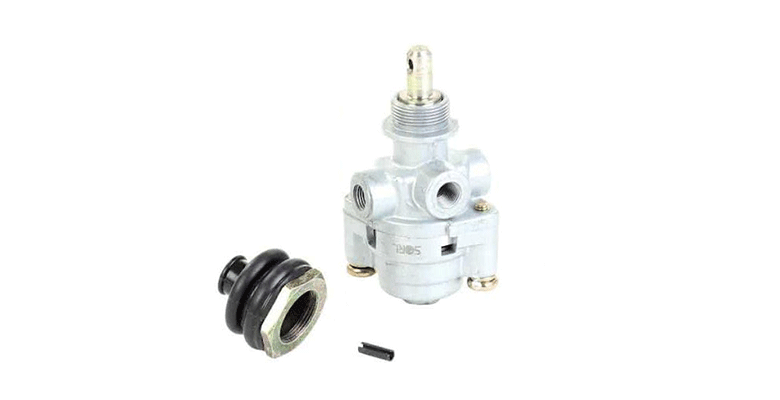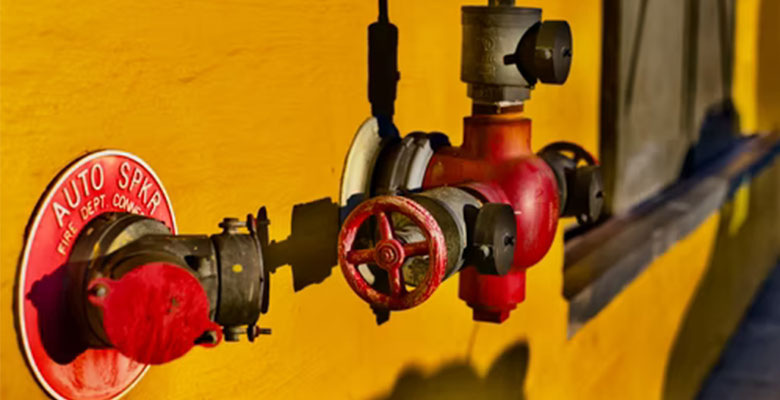Do you know how a 3 way valve works? It is actually quite simple, but it has a lot of important applications. A 3 way valve is a device that can switch between three different states: on, off, and semi-open. This makes it perfect for controlling the flow of water or other fluids. In this blog post, we will take a closer look at how a 3 way valve works and discuss some of its most common applications. Stay tuned!
How Does A 3 Way Valve Work
A three-way valve is a valve that controls the flow of fluid in a piping system. It is used to control the flow of fluid in two directions. The three-way valve has three ports, one for each of the two directions and one for the return or exhaust port.
The three-way valve is operated by a handle that is connected to a spool inside the valve body. The handle is turned to position the spool so that it blocks one of the ports and allows fluid to flow through the other port.
When the handle is turned to the other position, the spool blocks the other port and allows fluid to flow through the return port. The three-way valve is used in many applications, such as in sprinkler systems, where it is used to control the flow of water to the sprinklers. It is also used in heating and cooling systems, where it is used to control the flow of air through the system.
Three-way valves are also used in hydraulic systems, where they are used to control the flow of fluid under pressure.
How does the 3 way control valve work?
Three-way control valves are used to control fluid flow in three directions. The most common use for this type of valve is in plumbing and HVAC applications, where it is used to regulate the flow of water or air. Three-way valves are also used in industrial settings, where they can be used to control the flow of gases, liquids, or even solids.
The valve is designed with three ports, which are connected to the three different directions that the fluid can flow. The valve body contains a movable internal component, which opens and closes the ports as needed to regulate the flow.
When all three ports are open, the valve is said to be in the bypass position. Three-way valves are versatile and can be used in a variety of applications. As such, they are an essential component of many fluid control systems.
What is the difference between 2 way and 3 way valve?
A two-way valve controls the flow of water through two pipes, while a three-way valve controls the flow of water through three pipes. The most common use for a two-way valve is to control the flow of water to a faucet or showerhead.
A three-way valve is typically used to control the flow of water to a sprinkler system. Both types of valves are available in a variety of designs and sizes, so it is important to choose the right valve for the job at hand.
Two-way valves are usually less expensive than three-way valves, but they are not always the best choice for every application. When in doubt, it is always best to consult with a qualified plumbing professional.
How do I know if I have a 3 way valve?
If you’re not sure whether or not you have a 3 way valve, there are a few things you can check for. First, take a look at the number of ports, or openings, on the valve. A 3 way valve will have three ports, while a 2 way valve will only have two. Next, check to see how the handle is positioned.
On a 3 way valve, the handle will be in the center and perpendicular to the flow of water. Finally, try operating the valve. With a 3 way valve, you should be able to direct the flow of water to any of the three ports. If you’re still not sure, consult a plumbing professional for help.

